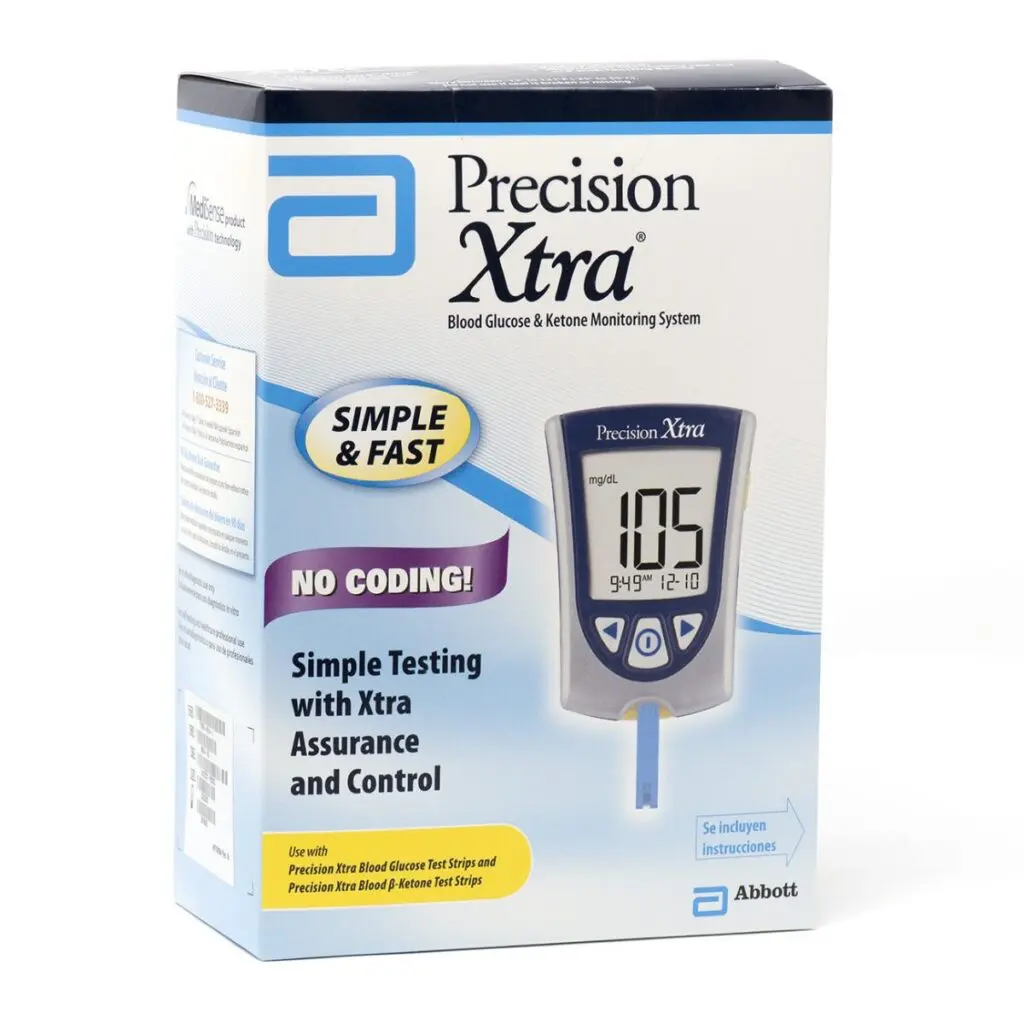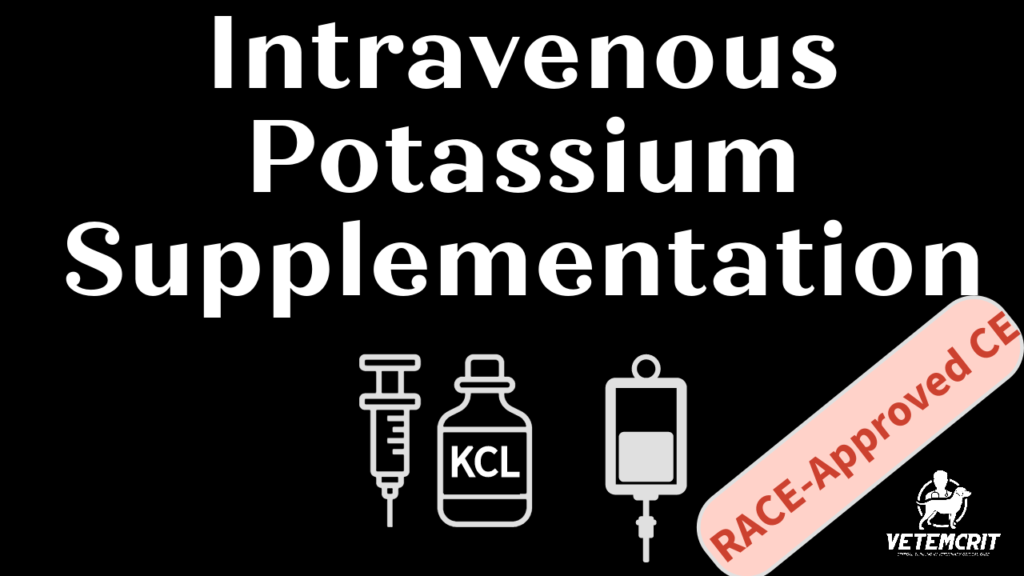Diabetic ketoacidosis (DKA) is a life-threatening complication of diabetes mellitus that requires prompt diagnosis and treatment. One of the hallmarks of DKA is the presence of ketone bodies in the blood and urine. In this blog post, we’ll dive into the fascinating world of ketone detection and explore the various methods used to identify ketonemia and ketonuria in dogs and cats.
Ketone Bodies: The Culprits Behind DKA
When the body lacks insulin, it starts breaking down fat for energy, leading to the production of ketone bodies. The three main ketone bodies are acetoacetate, beta-hydroxybutyrate (BHB), and acetone. In dogs and cats with DKA, BHB is the predominant ketone body, making it a key player in the diagnosis of this condition (Durocher et al., JAVMA 2008).
Detecting Ketones: A Multifaceted Approach
Veterinarians have several tools at their disposal to detect ketones in the blood and urine. These include point-of-care (POC) ketone meters, dipstick urine tests, and reference laboratory assays. While ketonuria is present in 94% to 100% of dogs at the time of DKA diagnosis, urine dipsticks may not always reliably detect it (Di Tommaso et al., JVIM 2009). This is because dipstick tests primarily measure acetoacetate and, to a lesser extent, acetone, but not BHB.
Point-of-Care Ketone Meters: Bringing the Lab to the Veterinary Clinic
POC ketone analyzers, such as the Xtra Precision®, have revolutionized the way veterinarians diagnose DKA. These portable devices measure BHB levels in whole blood, providing rapid results in the clinic setting. A study by Henderson et al. (2010) validated the use of POC ketone meters in animals, comparing them to the gold standard chemistry machine. The results showed that the device performed well, with only a mild positive bias.
Interpreting Ketone Levels: A Balancing Act
In healthy dogs and cats, normal BHB levels are typically less than 0.2 mmol/L. However, animals on meat-only or “ketogenic” diets, or those that are fasting, may have BHB levels up to 0.9 mmol/L. In contrast, animals with DKA often have BHB levels exceeding 2-3.5 mmol/L, and in some cases, up to 20 mmol/L. The Xtra Precision® POC machine has an upper limit of 6 mmol/L, displaying “HI” when levels exceed this threshold.

It’s important to note that animals with stable, non-ketotic diabetes mellitus may have BHB results ranging from 0-1.3 mmol/L, even if urine dipsticks do not detect ketones. This discrepancy arises because urine dipsticks primarily measure acetoacetate, which may not always be detectable. Animals with diabetic ketosis (without acidosis) may have BHB results in the range of 0.4-5 mmol/L.
In the study by Gant et al. (JVECC 2024), the authors used the cut-off of >3 mmol/L (β-hydroxybutyrate) to diagnose DKA in dogs and cats. The resolution of ketosis in the Gant et al. study was defined as a decrease in BHB concentration below 0.6 mmol/L, as determined by the point-of-care ketone analyzer FreeStyle Optium Neo H-ketone meter.
Euglycemic DKA: A Unique Challenge
Cats treated with Bexacat™ (bexagliflozin), a once-daily tablet alternative to insulin, may develop euglycemic DKA. This condition is characterized by normal blood sugar levels, metabolic acidosis, and ketoacidosis. Bexacat™ works by inhibiting the sodium-glucose co-transporter 2 (SGLT2), leading to increased urinary excretion of glucose (Hadd et al. JVIM 2023). Veterinarians should be aware of this potential complication when using Bexacat™ to manage feline diabetes.
The Bottom Line
Detecting ketones is a crucial aspect of diagnosing and monitoring DKA in dogs and cats. By understanding the different ketone bodies, detection methods, and interpretation of ketone levels, veterinarians can provide timely and effective treatment for this life-threatening condition. As new therapies, such as Bexacat™, emerge, it’s essential to stay informed about potential complications like euglycemic DKA. With the right tools and knowledge, veterinarians can unravel the mysteries of ketone detection and improve outcomes for their diabetic patients.
References
- Hadd MJ, Bienhoff SE, Little SE, Geller S, Ogne-Stevenson J, Dupree TJ, Scott-Moncrieff JC. Safety and effectiveness of the sodium-glucose cotransporter inhibitor bexagliflozin in cats newly diagnosed with diabetes mellitus. J Vet Intern Med. 2023 May-Jun;37(3):915-924. doi: 10.1111/jvim.16730. Epub 2023 May 6. PMID: 37148170; PMCID: PMC10229323.
- Di Tommaso, M., Aste, G., Rocconi, F., Guglielmini, C., & Boari, A. (2009). Evaluation of a portable meter to measure ketonemia and comparison with ketonuria for the diagnosis of canine diabetic ketoacidosis. Journal of Veterinary Internal Medicine, 23(3), 466-471.
- Durocher, L. L., Hinchcliff, K. W., DiBartola, S. P., & Johnson, S. E. (2008). Acid-base and hormonal abnormalities in dogs with naturally occurring diabetes mellitus. Journal of the American Veterinary Medical Association, 232(9), 1310-1320.
- Henderson, D. W., & Schlesinger, D. P. (2010). Use of a point-of-care beta-hydroxybutyrate sensor for detection of ketonemia in dogs. The Canadian Veterinary Journal, 51(9), 1000-1002.
- Gant P, Barfield D, Florey J. Comparison of insulin infusion protocols for management of canine and feline diabetic ketoacidosis. J Vet Emerg Crit Care (San Antonio). 2024 Jan-Feb;34(1):23-30. doi: 10.1111/vec.13354. Epub 2023 Nov 21. PMID: 37987148.



I sincerely appreciated the effort you’ve invested here. The sketch is tasteful, your authored material chic, however, you seem to have developed some uneasiness about what you aim to offer henceforth. Certainly, I shall revisit more regularly, just as I have been doing nearly all the time, should you uphold this climb.
This website is an absolute gem! The content is incredibly well-researched, engaging, and valuable. I particularly enjoyed the [specific section] which provided unique insights I haven’t found elsewhere. Keep up the amazing work!
The breadth of knowledge compiled on this website is astounding. Every article is a well-crafted masterpiece brimming with insights. I’m grateful to have discovered such a rich educational resource. You’ve gained a lifelong fan!
Keepbelieving
Great execution!
Hi my family member I want to say that this post is awesome nice written and come with approximately all significant infos I would like to peer extra posts like this
Internet Chicks I like the efforts you have put in this, regards for all the great content.
Your blog is a breath of fresh air in the crowded online space. I appreciate the unique perspective you bring to every topic you cover. Keep up the fantastic work!
Pink Withney I like the efforts you have put in this, regards for all the great content.
BYU Cougars Hi there to all, for the reason that I am genuinely keen of reading this website’s post to be updated on a regular basis. It carries pleasant stuff.